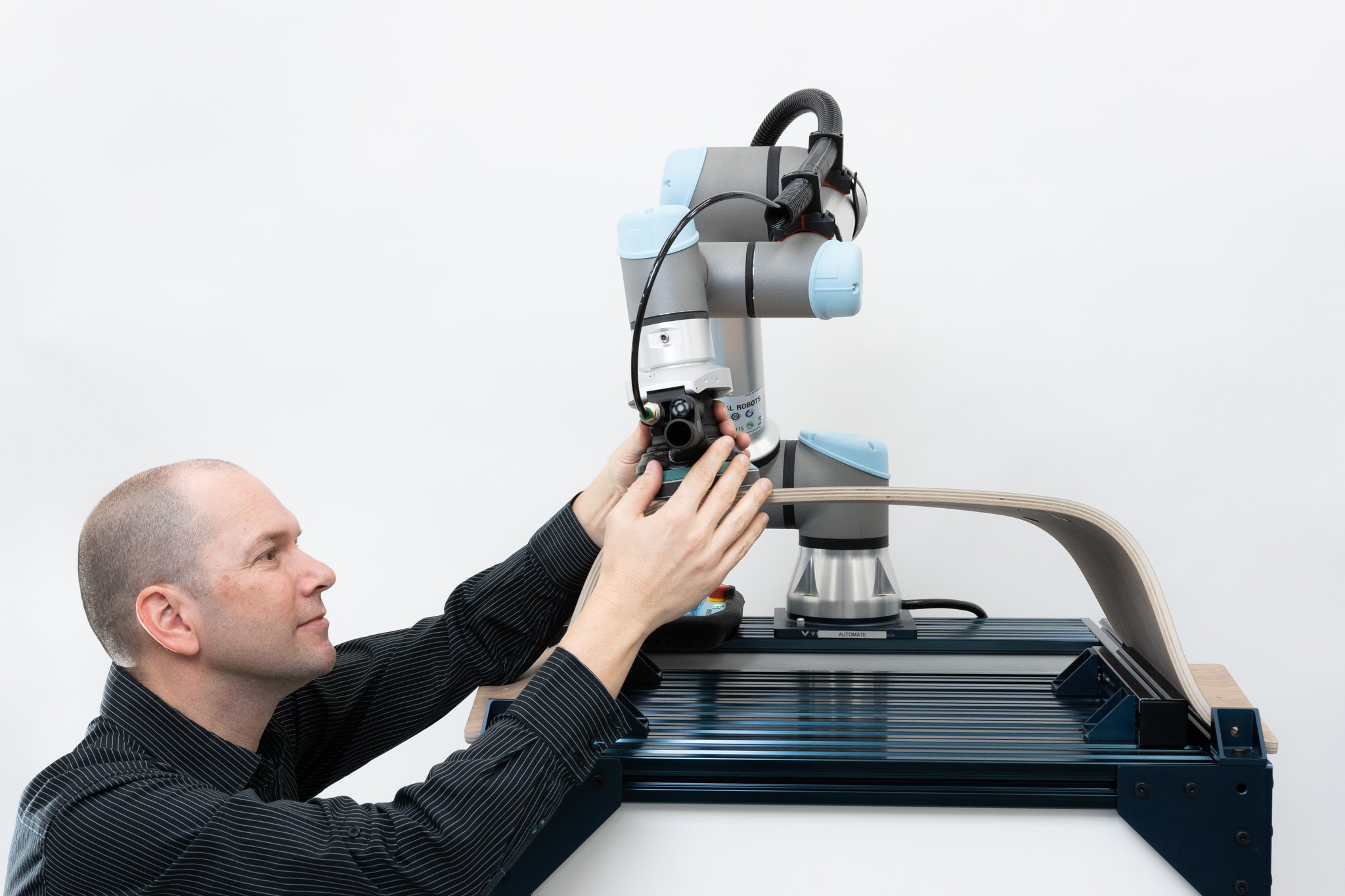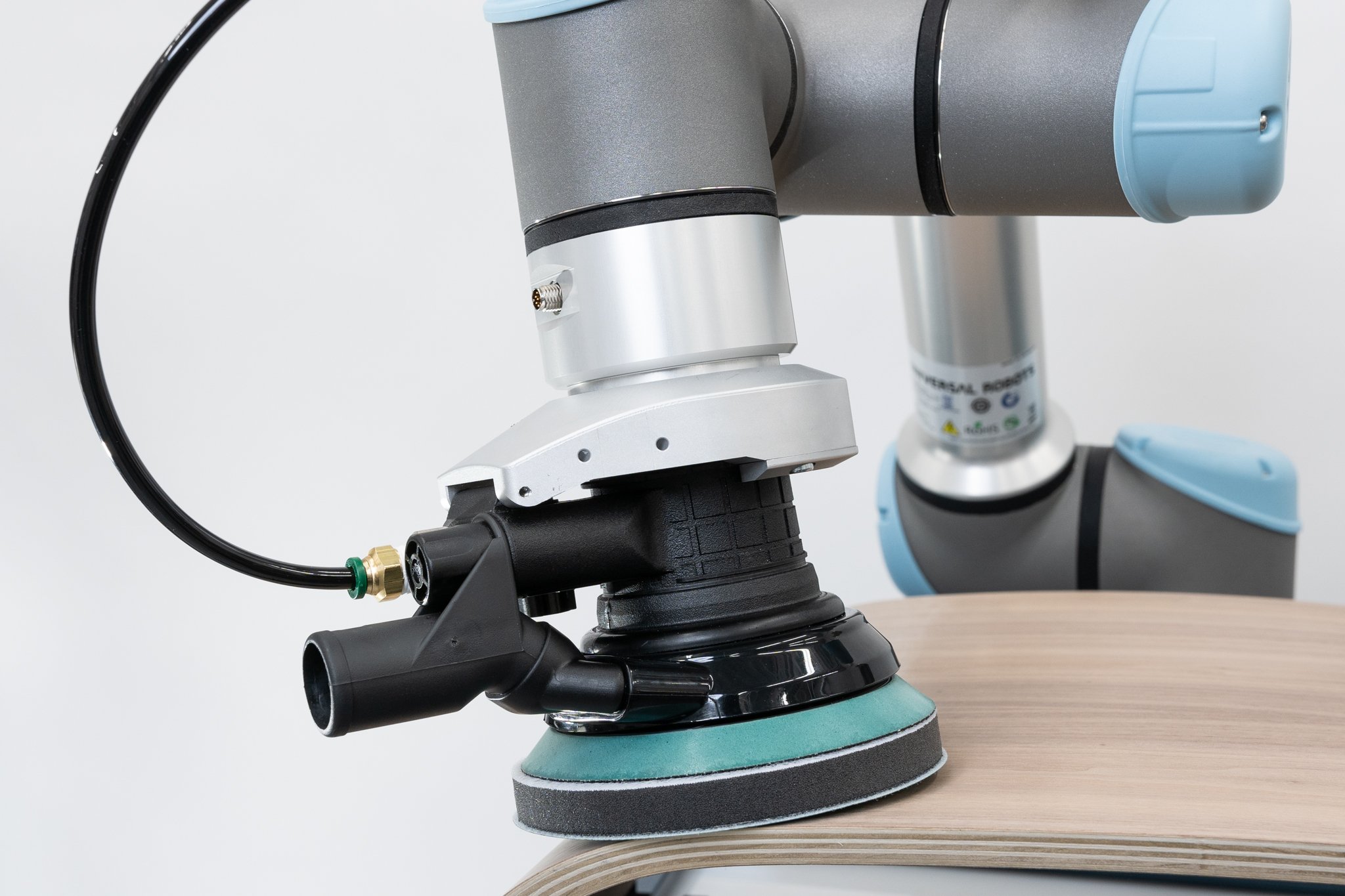1997 Predictions on Robotics

by Samuel Bouchard.
Last updated on May 05, 2016 4:26 PM
Posted on Sep 23, 2007 3:24 PM. 2 min read time
Posted on Sep 23, 2007 3:24 PM. 2 min read time
![national geographic robots[1]](http://cdn2.hubspot.net/hub/13401/file-13222456-jpg/images/national_geographic_robots[1].jpg)
[National Geographic Cover from 1997]
I stumbled upon a 13 year-old National Geographic recently. The cover title was “Robot Revolution”. I was curious about the state of this industry back then and read the vulgarized article on page 76. Here’s a comparison between their predictions and what actually happened according to http://www.worldrobotics.org/:
- “Demand for service robots could be four times greater than the current market for industrial robots.”
- When the article was written, there were 650,000 industrial robots operating around the world. In 2005, there were 923,000. Between 2006 and 2009, some 480,000 robots of that kind are expected to be sold. Over a similar period, sales of 34,000 professional service robots are expected (submarine, cleaning, rescue and military applications, construction and demolition, milking, medical and mobile platforms for general applications). In addition, 5.6 million personal service robots will be sold, whether for home maintenance (vacuum cleaners, lawnmowers, window washers) or for entertainment. Thus, from 2006 to 2009, service units will outsell industrial units by 12 to 1. Of course, personal service robots are much less expensive. I don’t know over what horizon the forecast applied, but it seems here that it was pretty accurate.
- “Within ten years, most hospitals will be using medical robots.“
According to the report, some 3500 medical robots have entered into service by 2006 around the world. As there are some 5800 hospitals in the USA alone, we can say that this prediction was over-optimistic. In this field, the certification process is rigorous and time consuming. - “The main challenge in robotics is its adaptation to a highly dynamic environment for perception-cognition-action cycle. In this cycle, the perception aspect is the toughest.“
In an earlier article, I submitted the current challenges in robotics. Perception remains one of those, as are interaction with the environment and especially interaction with humans. Robotics has made major strides over the past ten years in terms of autonomy, but a number of hurdles remain. From a commercial standpoint, robotics must undergo a certain form of standardization for its components and operating systems to significantly reduce costs. - “Someday, robots will take over from humans as the dominant creatures on Earth.”
Well, we’re still a little ways off from that science-fiction plot. Since the article, humans have created larger-than-life “machines” such as the Internet. As for robots taken individually or collectively, they are far from the intelligence of humans. I just have to take a look at how my nephew is learning to keep his balance, walk and communicate and it’s obvious to me that the cup is still far from the lip… Hundreds of thousands of years of evolution is pretty hard to compete with…








Leave a comment